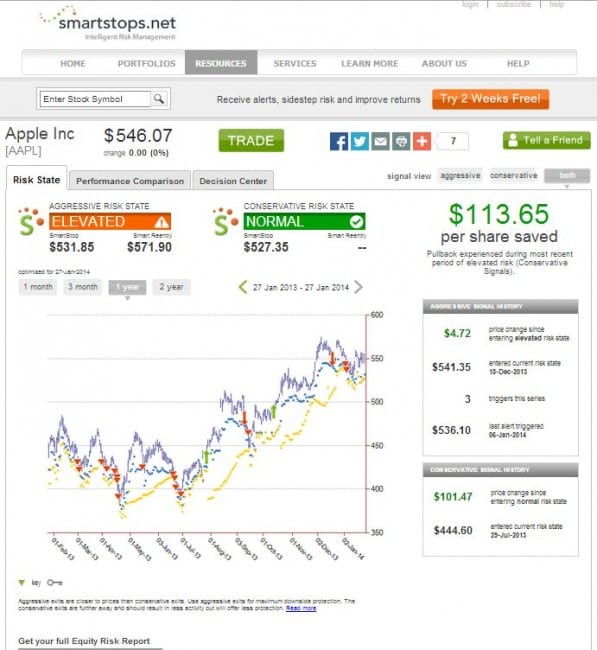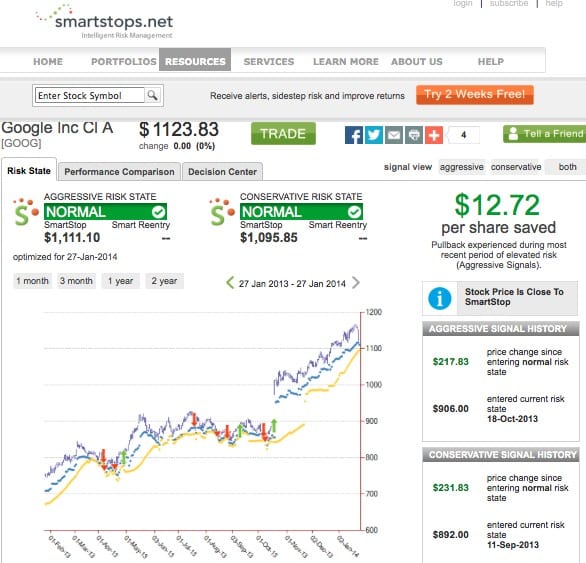Everyone knows what Apple Inc. (NASDAQ:AAPL) and Google Inc (NASDAQ:GOOG) are known for; they are arguably some of the world’s most known brands and most popular. Between Apple’s iPhone and Google’s Android operating system, these two technology firms absolutely dominate the smart phone world and continue to try an position themselves against each other. As technology continues to evolve, Google and Apple continue to find ways to innovate and make our lives easier. The “new era” in technology appears to be wearable computing devices. Google is working on a variety of new technologies such as its much-famed Google Glass, while Apple is developing its iWatch. However, in addition to being able to run the apps we know and love today, the tech giants are working on integrating a healthcare feature into their products that could, down the line, help aid doctors and healthcare providers, as well as the everyday consumer.
According to 9to5mac.com, Apple has been increasingly hiring scientists and hardware specialists from the medical device field over the past year. The Apple news website also states that two key hires in Nancy Dougherty and Ravi Narasimhan for Apple’s planned iWatch gives reason to speculate that the new device will feature healthcare features. Dougherty, for instance, came from a start up firm called Sano Intelligence and as one of the companies to view their latest device, A New York Times article reported that the device was able to “monitor everything you might find on a basic metabolic panel–a blood panel that measures glucose levels, kidney function, and electrolyte balance”. However, Apple is staying extremely secretive and quiet on what it plans the iWatch is capable of, but common sense based on their latest hires says health will play a big part.
On the other side of the court, Google’s secret development lab, Google X lab, has developed quite a few remarkable new wearable technologies as well. The well known Google Glass was only recently revealed as glasses that allow you to surf the web, as well as various apps. According to Greg Slabodkin of FierceMobile Healthcare, Google has met with the Food and Drug Administration to possibly get backing for Google Glass’s healthcare potential. Slabodkin goes on to say that a demonstration of a Google Glass head mount display at a Boston hospital was able to successfully aid surgeons “with a number of clinical applications”. In more recent news, Google has announced they are working on contact lenses that can measure glucose level through tears. The tears are said to set off an LED light when certain thresholds are met and the process can be completed “once per second”. Google says they are still working with prototypes and an agreement with the FDA.
While Google and Apple are working on exciting products for the future, they must continue to focus on their current “cash cows” that fuel their businesses and maintain the growth that can fund these initiatives. According to SmartStops.net, a service dedicated to helping investors be aware of changing risks in their portfolios, so they can better protect their portfolio, Apple has a conservative risk state reading of normal and has been in this state since July 29, 2013. Since then, shares of Apple have risen $101.47 and before that date, SmartStops saved investors $113.65 per share during periods of elevated risk.

Source: SmartStops
As for Google, SmartStops currently has a normal risk rating on the aggressive rating basis and has entered the normal risk state on October 18, 2013. Since then, Google has seen an increase in share price to the tune of $217.83. Before the period of normal risk, SmartStops saved investors $12.72 per share during periods of elevated risk.

Source: SmartStops
The bottom line here is that over the next few years, companies you might not suspect will be making their moves into consumer-oriented healthcare technology Which will help provide consumers with practical, reasonably-priced, convenient health and medical “smart” devices. These devices can help consumers monitor vital aspects of health without going to the doctors or even drawing blood. Additionally, these new devices could help detect early signs of diseases such as cancer, which in turn, could help healthcare providers with an edge and a better chance to fight diseases that are often found too late. The full capabilities are yet to be known, but this is an exciting dawn of a new era in technology.








